
Calvin Cordozar Broadus Jr., known professionally as Snoop Dogg, is an American rapper, record producer, and actor. His initial fame dates back to 1992 following his guest appearance on Dr. Dre's debut solo single, "Deep Cover", and later on Dre's debut album, The Chronic that same year. Broadus has since sold over 23 million albums in the United States, and 35 million albums worldwide. His accolades include an American Music Award, a Primetime Emmy Award, and 17 Grammy Award nominations.

The Chronic is the debut studio album by the American hip hop producer and rapper Dr. Dre. It was released on December 15, 1992, by his record label Death Row Records and distributed by Interscope Records. Recording sessions took place in Death Row Studios in Los Angeles and at Bernie Grundman Mastering in Hollywood.

Doggystyle is the debut studio album by American rapper Snoop Doggy Dogg. It was released on November 23, 1993, by Death Row and Interscope Records. The album was recorded and produced following Snoop Doggy Dogg's appearances on Dr. Dre's debut solo album The Chronic (1992), to which Snoop contributed significantly. The West Coast style in hip-hop that he developed from Dre's first album continued on Doggystyle. Critics have praised Snoop Dogg for the lyrical "realism" that he delivers on the album and for his distinctive vocal flow.

Tha Last Meal is the fifth studio album by American rapper Snoop Dogg. It was released through No Limit, Doggy Style, and Priority Records on December 19, 2000. It was his third and final studio album released on No Limit, marking this record his first album on his newly founded label, called Doggy Style, alongside Priority in the United States. The album title makes reference to being the last record partially owned by his former label, Death Row Records. The album was produced by Dr. Dre, Timbaland, and Soopafly, among others. The album includes four official singles: "Snoop Dogg ", "Lay Low", "Loosen' Control", and "Wrong Idea". The album was generally met with positive reception with many critics citing it as one of his best albums.

Tha Doggfather is the second studio album by American rapper Snoop Dogg. It was released on November 12, 1996, by Death Row and Interscope Records. After the success of his debut album Doggystyle (1993), Snoop was arrested and charged with murder and in 1995, spent time preparing for the case that went to trial. On February 20, 1996, he was cleared of all charges and began working on his second album without Dr. Dre providing work as a record producer. This was Snoop's final album on Death Row until 2022, when he acquired the rights to the Death Row trademarks from MNRK Music Group, releasing BODR the same year. This would also be his last album under the moniker Snoop Doggy Dogg before it was shorted to Snoop Dogg. Recording sessions took place from February 1996 to October 1996, with Suge Knight as the executive producer on the album, alongside the additional production from several record producers such as DJ Pooh, Daz Dillinger, Soopafly and L.T. Hutton; as well as guest appearances from Charlie Wilson, Kurupt, Tray Dee and Warren G, among others.

Death Row: Snoop Doggy Dogg at His Best is the first greatest hits album that includes his hits and also includes 6 never before released songs from Snoop Dogg's Death Row Records days. It was released on October 23, 2001, by Suge Knight. It was re-released on March 20, 2006.

"Nuthin' but a 'G' Thang" is a song by American rapper Dr. Dre, featuring fellow American rapper Snoop Dogg, on Dre's debut solo album, The Chronic (1992). As the album's first single it reached number 2 on the Billboard Hot 100 on March 20, 1993, behind "Informer" by Snow, outperformed The Chronic's other singles, "Fuck wit Dre Day ", which peaked at number 8, and "Let Me Ride", which peaked at number 34. The single also reached number 1 on Billboard's Hot R&B/Hip-Hop Singles & Tracks chart, and was a number 31 hit in the UK. Its music video was directed by Dr. Dre himself.

Da Game Is to Be Sold, Not to Be Told is the third studio album by American rapper Snoop Dogg. It was released on August 4, 1998, by No Limit Records and Priority Records. It is his first album following his departure from Death Row Records in January 1998. It is the first Snoop Dogg album to have notable affiliates such as Dr. Dre, Nate Dogg, Warren G and others absent. It was also his first album to be released under a slight change to his stage name "Snoop Dogg" for contractual reasons.
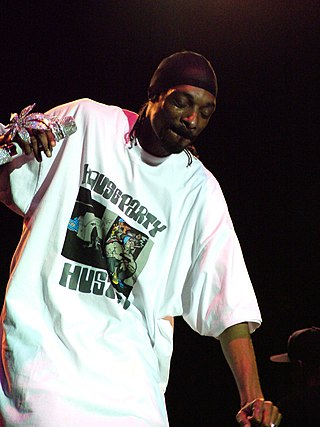
The discography of American rapper Snoop Dogg consists of 19 studio albums, five collaborative albums, 17 compilation albums, three extended plays, 25 mixtapes, 175 singles, and 16 promotional singles. He has sold over 12.5 million albums in the United States and 37 million albums worldwide. He has garnered 14 top ten singles on the Billboard Hot 100.
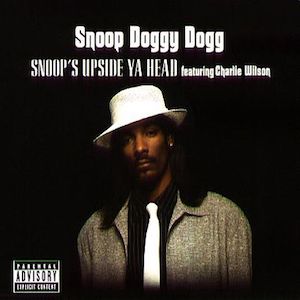
"Snoop's Upside Ya Head" is a song by rapper Snoop Doggy Dogg, released as the first single from his 1996 second album Tha Doggfather. The song heavily samples "I Don't Believe You Want to Get Up and Dance (Oops)" by the Gap Band and features new vocals from Gap Band's lead singer Charlie Wilson. It was released as a single in the UK on September 14, 1996 and was Snoop's second European hit. The single was released one day after Death Row labelmate Tupac Shakur died from injuries sustained in a drive by shooting the week prior.
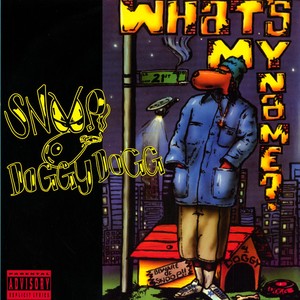
"Who Am I? " is the debut solo single by American rapper Snoop Doggy Dogg, released on November 11, 1993, as the debut single from his first album, Doggystyle (1993), with the record labels Death Row and Interscope Records. The song, produced by Dr. Dre, features samples and interpolations from George Clinton's "Atomic Dog" in its chorus and throughout, the bass line from Funkadelic's Knee Deep and an interpolation from Parliament's "Give Up the Funk " in its bridge. The song contains additional vocals by Jewell and Edward Tony Green, and its intro contains a sample from the Counts' "Pack of Lies." A vocal sample from Parliament's "P. Funk " can be heard throughout. The accompanying music video was directed by Fab Five Freddy.

"That's That" is the second single by Snoop Dogg from the album Tha Blue Carpet Treatment. The song was the first single taken from the album in the UK; however the single only achieved notable success in the U.S., where it reached #20 on the Billboard Hot 100 chart. The song samples the melody played in the 1988 film Coming to America during the bathroom scene in which Eddie Murphy gets washed by female servants.

"Wanted Dead or Alive" is a collaboration song by 2Pac and Snoop Doggy Dogg released as the lead single from the soundtrack Gridlock'd and features uncredited vocals from Charlie Wilson.

"Boss' Life" is the fourth and final single from Snoop Dogg's 8th studio album Tha Blue Carpet Treatment. The song originally featured Akon, but due to label issues the original vocals were replaced by Nate Dogg's for the single version. The lyrics of Snoop Dogg were co-written by The D.O.C. It samples "If Tomorrow Never Comes" by The Controllers. This is the last single that Nate Dogg was featured on before his death in 2011.
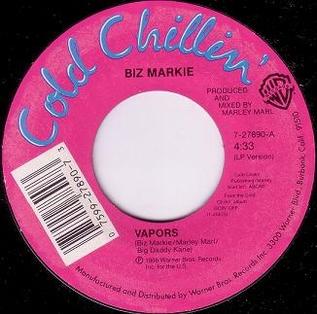
"Vapors" is a song co-written and performed by American hip hop musician Biz Markie, issued as the fifth single from his debut studio album Goin' Off. The song peaked at #80 on the Billboard R&B chart in 1988.

"New York, New York" is a song from the American West Coast hip hop duo Tha Dogg Pound featuring Snoop Doggy Dogg. The song was released as a promotional single and is the lead single from their debut album, Dogg Food.

"Sensual Seduction", also known as "Sexual Eruption", is a song by American rapper Snoop Dogg. It was released on November 20, 2007 as the first single of his ninth studio album Ego Trippin', with the record label Geffen Records. The song was produced by Shawty Redd. Snoop Dogg sings the majority of the song using Auto-Tune. The video's style visually references the style of Roger Troutman, as part of its retro imagery.
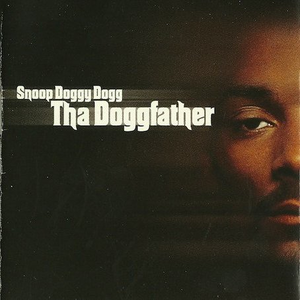
"Doggfather" is a single by American rapper Snoop Dogg featuring vocals by American musician Charlie Wilson. It was released on April 8, 1997 as the third and final single from Snoop's second album Tha Doggfather (1996). Daz Dillinger produced "Doggfather", and wrote it with Snoop Doggy Dogg and Charlie Wilson. The hip hop song samples "Humpin'" from Wilson's group The Gap Band. "Doggfather" didn't chart in the US, but peaked at number 20 in both New Zealand and the UK.
"Pimp Slapp'd" is a diss song by American West Coast hip hop recording artist Snoop Dogg, taken from his sixth studio album, Paid tha Cost to Be da Bo$$ (2002).


















